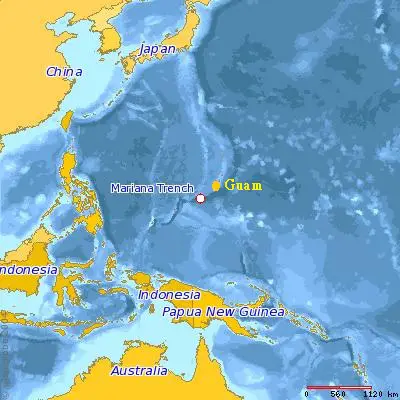A new practice by the DNV GL has brought in new chances for the oil and gas sector so as to provide more cost effective and eco friendly subsea processing for better hydrocarbons recovery.
The DNVGL-RP-F303 Subsea pumping systems gives a comprehensive specication for subsea pumping systems and supports the industry standards at present.
After a joint industry project in which the sea operators like Equinor, Petrobras, Shell and Woodside in addition to four major systems suppliers; Aker Solutions, Baker Hughes, OneSubsea, and TechnipFMC participated, the DNVGL-RP-F303 has been published.
This project will give answers to the obstacles that are faced by subsea processing and pumping. This will also help in removing the perceived novelty of the sector and the unknowns about the subsea technology which leads to the decline for sanction for new projects even after having a proven concept. Several subsea pumps have been installed and are still in operation for more than a decade now, like the off the coast of Norway and offshore Angola.
The adoption of efficient subsea processing systems in comparison to the traditional upstream facilities will have benefits like lower emissions and decarbonisation of the processes. This is because of thereduce in topside equipments and the usage of less electrical power when heading closer to the wellhead.
DNV GL’s new RP:
provides a comprehensive specification for subsea pumping systems
helps companies to reduce costs by providing increased predictability and clear requirements for projects
provides guidance and simplifies how to perform a risk-based approach when witnessing the manufacturing and testing processes
contributes to further standardization in the subsea industry
offers predictable requirements and standardized product results leading to increased confidence in the subsea pumping system
increases the reuse of qualified technology with minimum test requirements to reach Technology Readiness Level 4
Complements existing industry standards.
The RP will also serve the purpose of a reference document for a contract between the purchasers and the suppliers. It will also make the roles and responsibilities of the parties clear thereby, increasing the efficiency.
“Fields frequently operate tailor-made subsea solutions involving extensive technology qualification programmes. Special installation tools are needed, often on specialized vessels. The thinking behind the joint industry project was to increase alignment and predictability of requirements for subsea pumping projects. This can open the door to repeat projects and the reuse of qualified technology, which can reduce costs and address the perception of technology risk,” said Kristin Berg, Head of Section, Subsea Technology, DNV GL – Oil & Gas.
“Investment in subsea oil and gas production is growing rapidly as the industry realizes the significant cost efficiencies the technology can bring compared with traditional approaches to production. The challenge is that everyone is implementing subsea systems slightly differently, creating the potential for cost inflation in the supply chain. Starting with subsea pumping, this new RP works towards standardizing this sector from the outset to keep costs optimal for the long term,” said Liv A. Hovem, CEO, DNV GL – Oil & Gas.
Reference: dnvgl
from WordPress https://www.maritimemanual.com/dnv-gls-new-recommended-practice-subsea-pumping-systems-targets-cost-reduction/

No comments:
Post a Comment